MICHIGAN HISTORY
Diet and exercise fads in the Victorian era
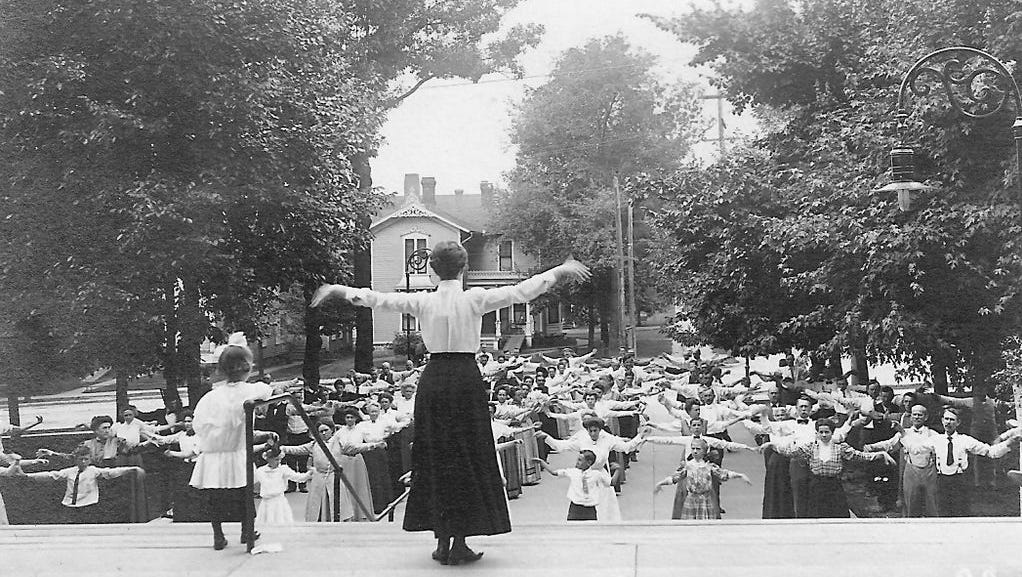
Breathing exercises are conducted at the Battle Creek Sanitarium circa 1900. The health resort opened in 1866 and was world renowned as a place for the rich and famous to learn the principles of a healthy lifestyle. Fresh air, exercise, frequent enemas and a low-fat, low-protein diet were practiced. Treatment methods included hydrotherapy, phototherapy, electrotherapy and mechanotherapy.
Public Domain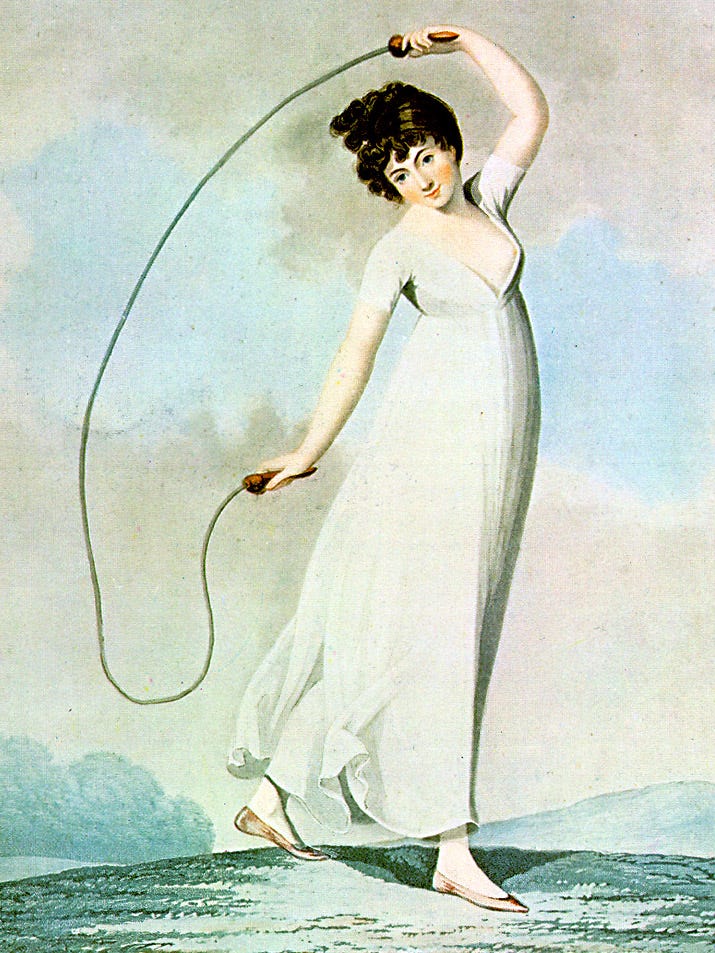
An 1800 print shows a young woman in a flimsy gown with a jump rope. Intended as pinup art, it was not an accurate depiction of women's exercise in that era, when most people thought ladies should get their exercise by walking, dancing or riding, not exerting themselves in a gymnasium.
Public Domain
Dancing in the Victorian era was seen as not only good exercise, but as relief for dyspeptic sufferers, an aid to the liver, and boost to blood circulation.
The Detroit News Archives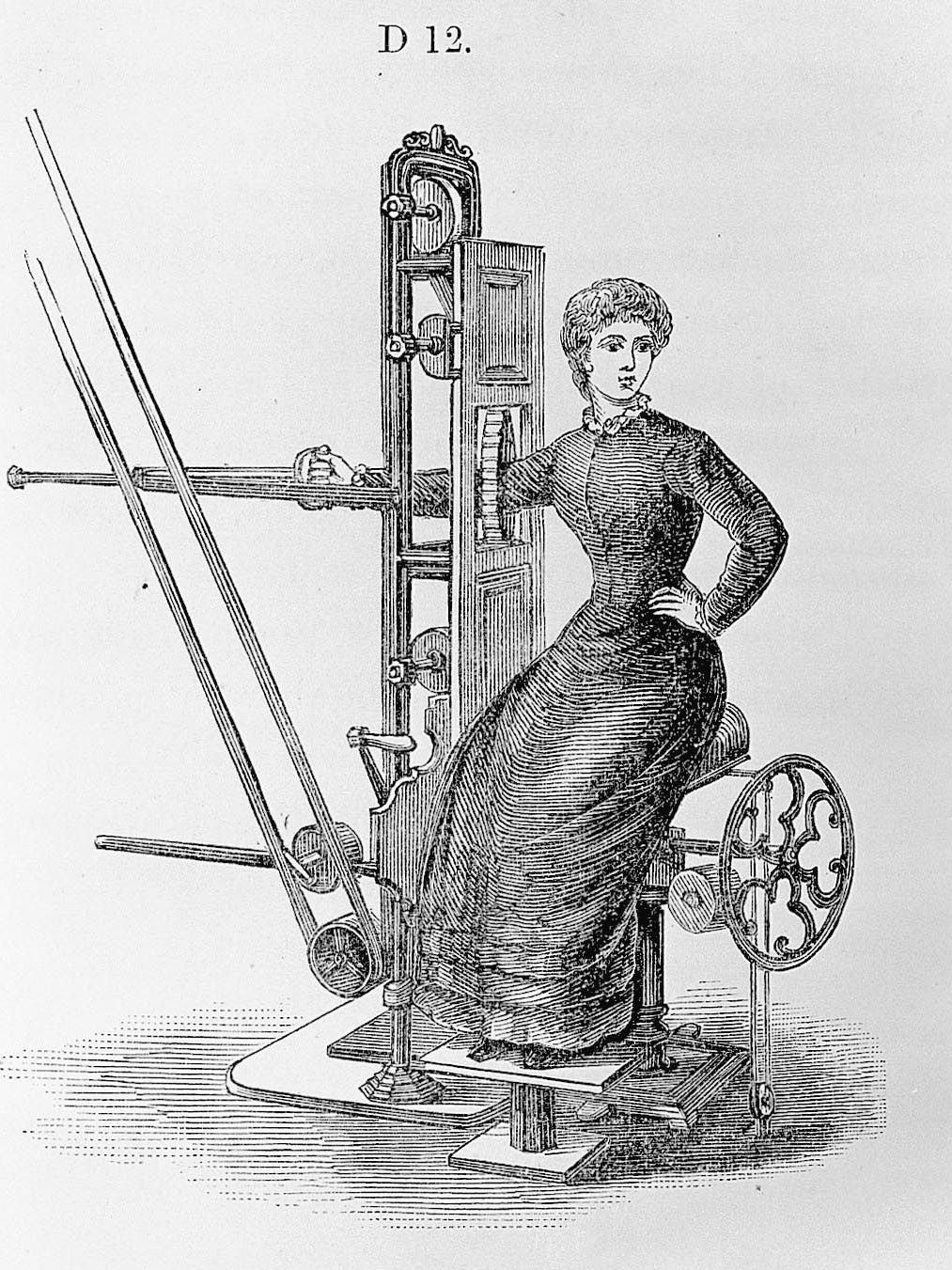
Victorians were fascinated with mechanical exercise. This contraption in 1883 was called a "Shampooing Machine for the Arms" by the Zander Institute in Stockholm. Dr. Jonas Zander's exercise machines won a gold medal at the 1876 Centennial Exhibition in Philadelphia.
Wellcome Library, London
Another of Dr. Zander's machines was designed for "Flexion of the Forearms."
Wellcome Library, London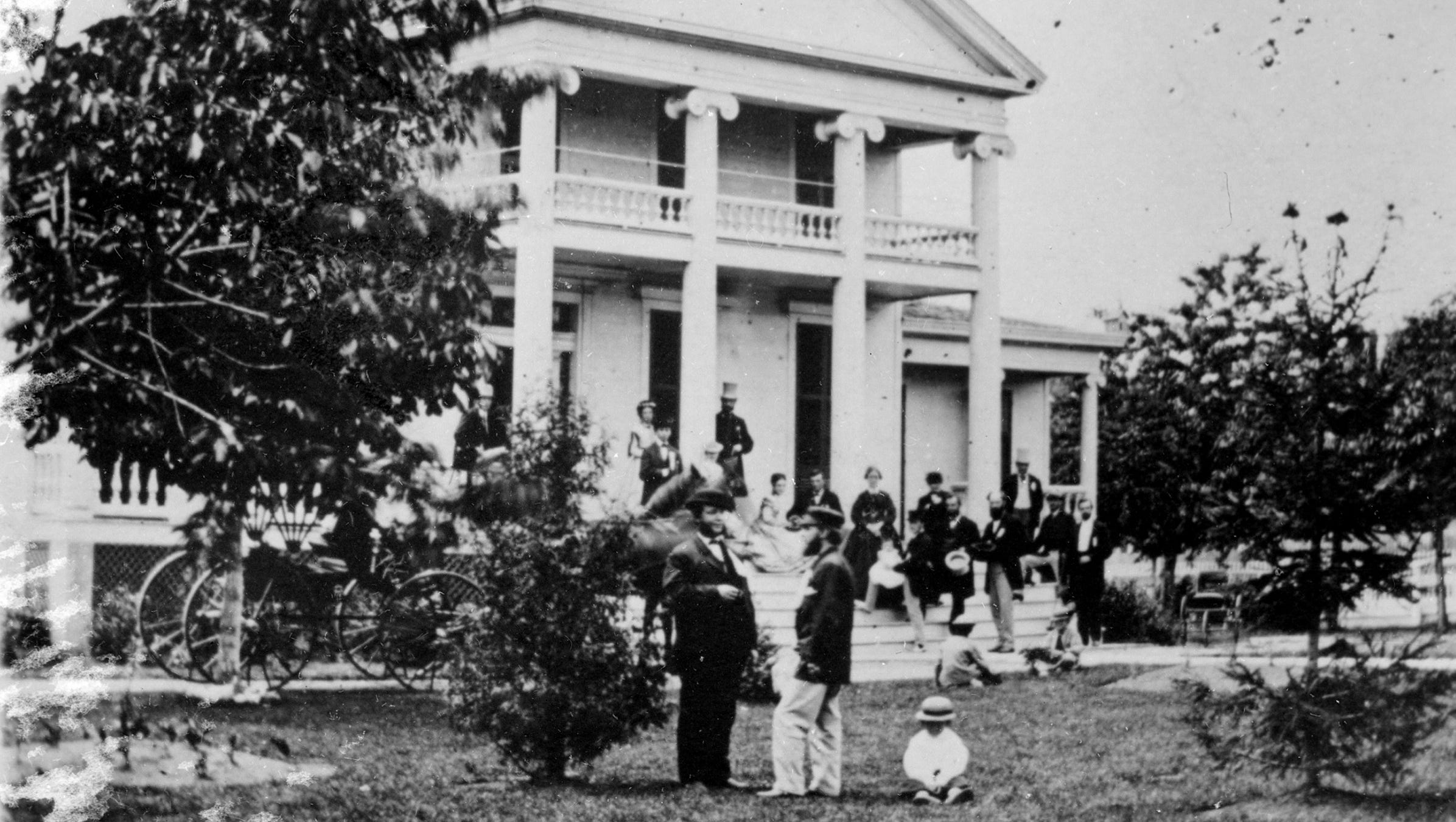
The Young Men's Christian Association (YMCA) held its first meetings in Detroit in 1852 and 1858 to organize those interested in improving "the spiritual and mental condition of young men." After the Civil War, the group was re-established with a mission that expanded to include physical and social development. This photo was identified as showing the first YMCA meeting in old Detroit, but which year isn't clear.
The Detroit News Archives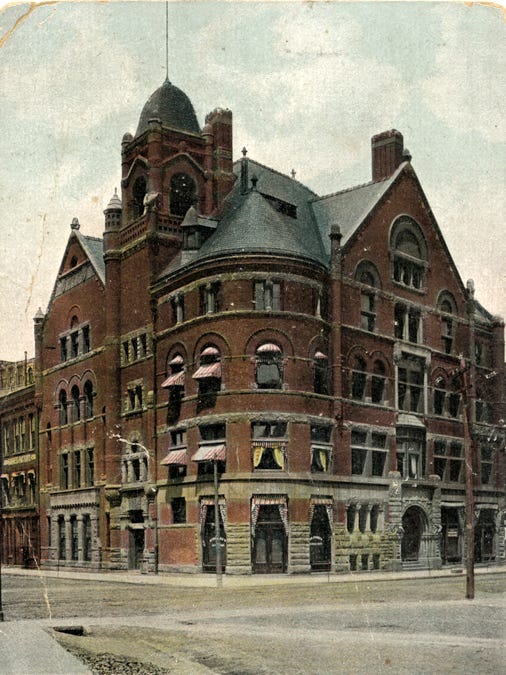
A postcard shows the YMCA building on Grand River Avenue and Griswold in Detroit, built in 1887. This was the Detroit YMCA's first permanent home, and contained reading rooms, a library, a pool and a gymnasium.
Courtesy Of The Burton Historical Collection, Detroit Public Library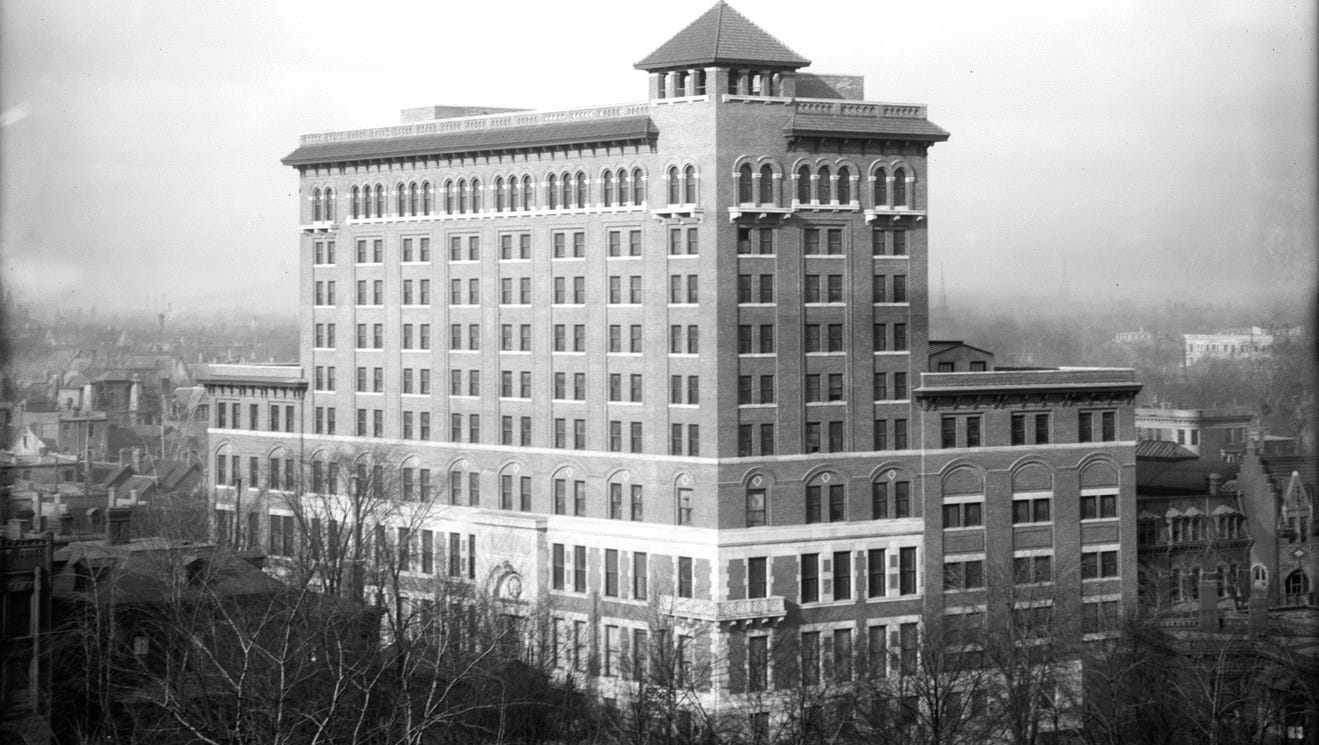
In 1908-09, a new YMCA building was erected at Witherell and Adams at a cost of $700,000. A postcard of it claimed that it "is the largest and most complete of its kind in the world and boasts of a gymnasium second to none in the country." This building contained reading rooms, a library, two gymnasiums (one for men and one for boys), a swimming pool, five floors of residence rooms, handball courts, and administrative office space.
Courtesy Of Burton Historical Collection, Detroit Public Library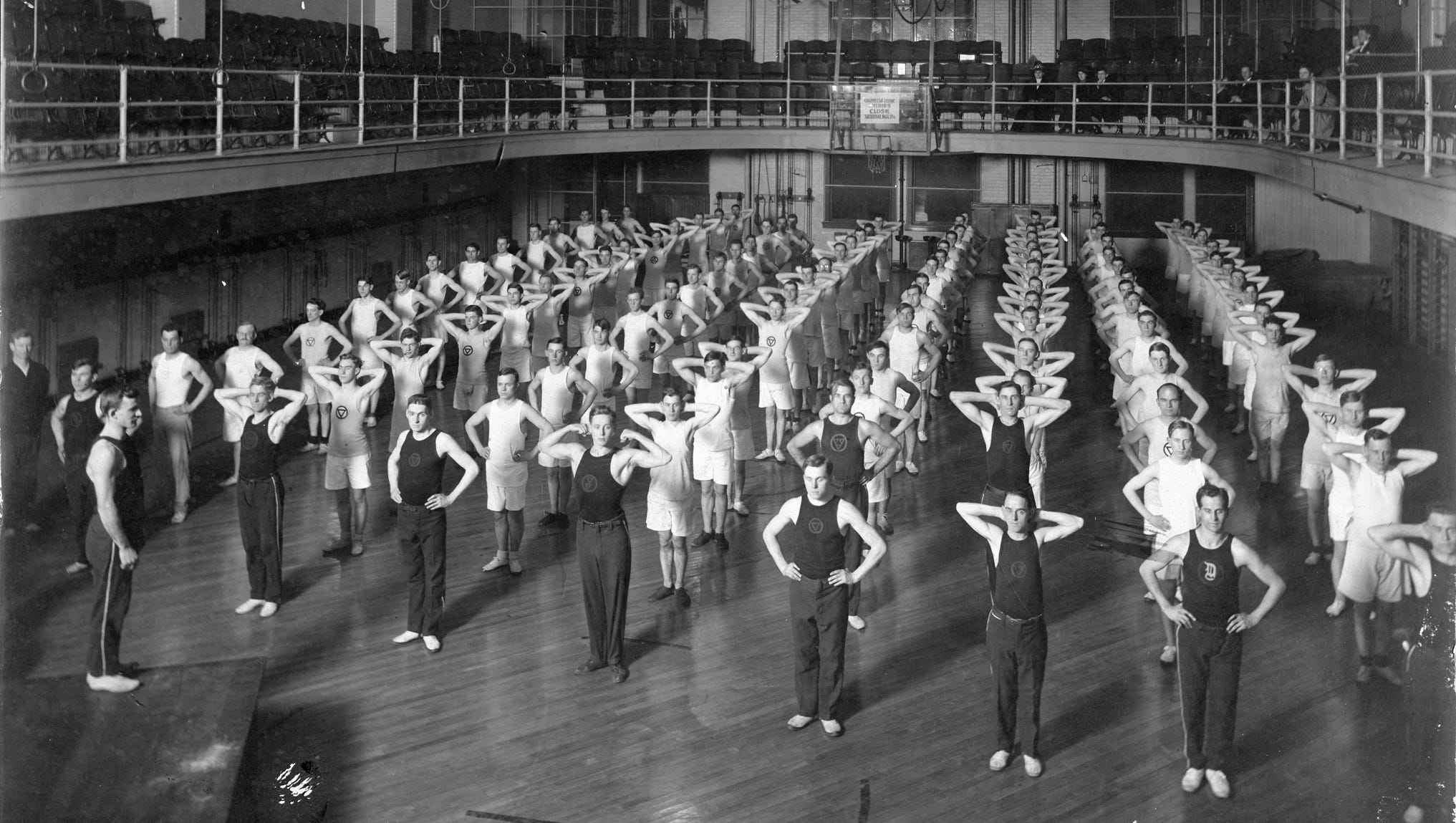
Men participate in an exercise class at Detroit's YMCA in 1910.
Courtesy Of The Burton Historical Collection, Detroit Public Library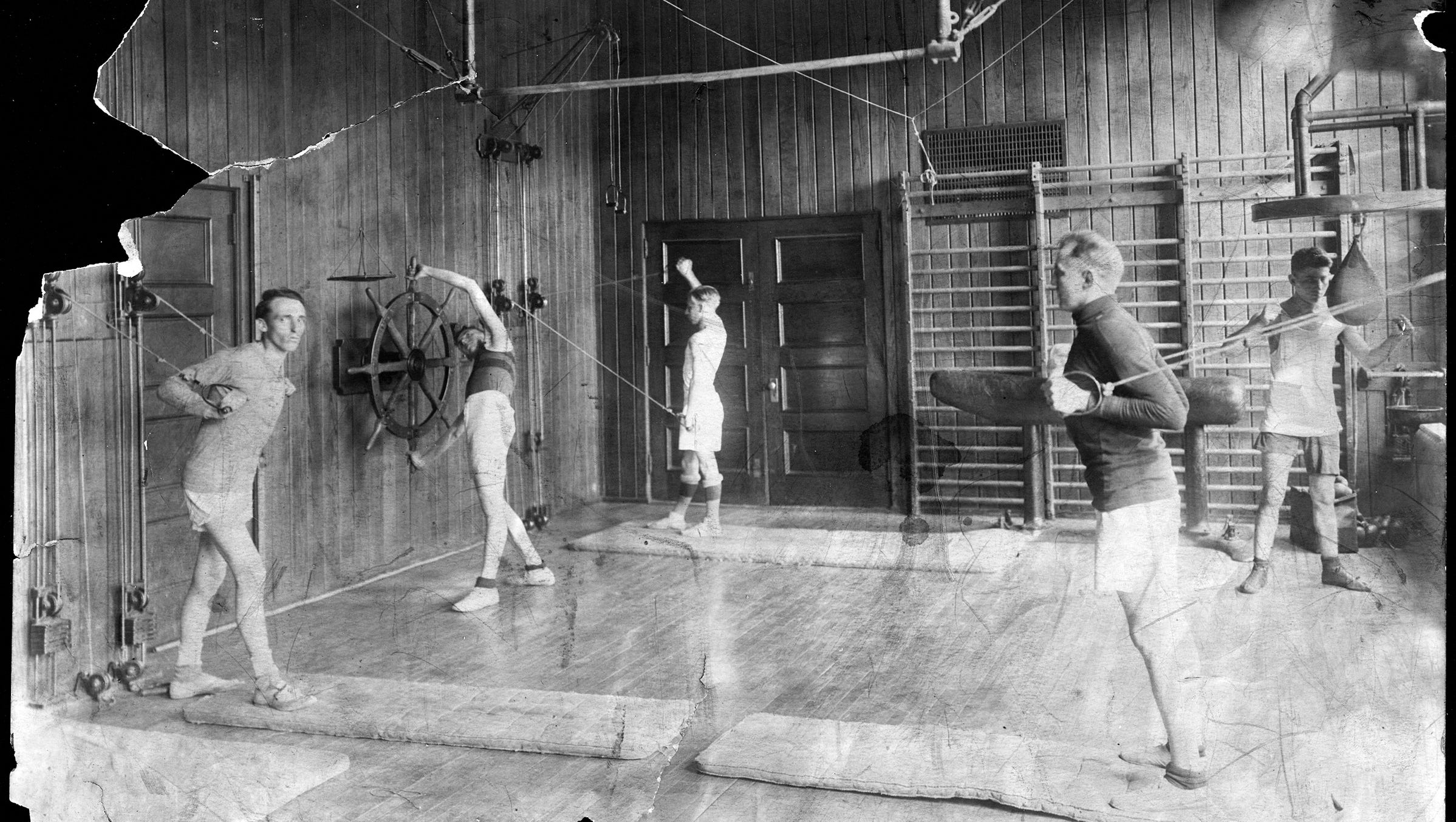
Men exercise at Detroit's YMCA.
Courtesy Of The Burton Historical Collection, Detroit Public Library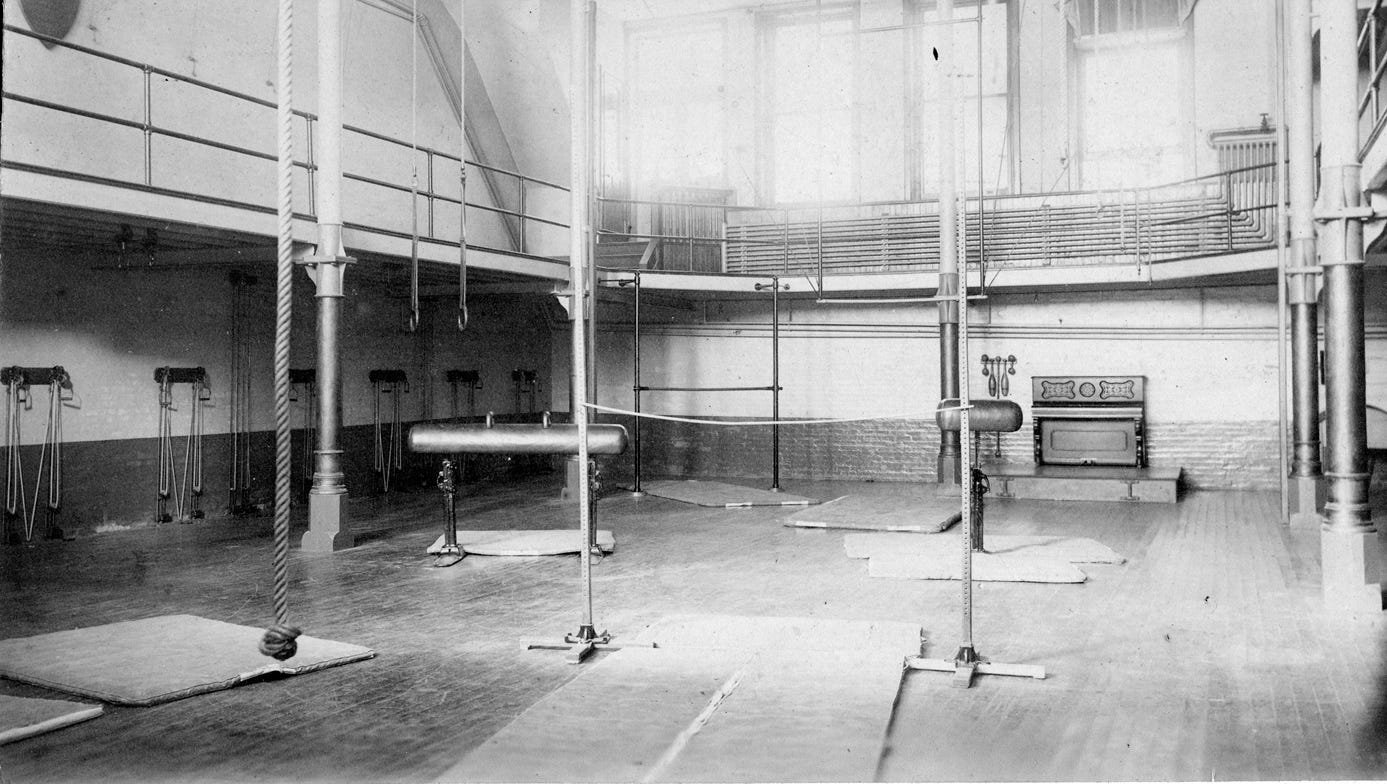
The YMCA gymnasium included gymnastics horses, climbing rope, rings, pulley weight systems, vaulting bars, Indian clubs and a piano. Electric lamps hung from the ceiling.
Courtesy Of The Burton Historical Collection, Detroit Public Library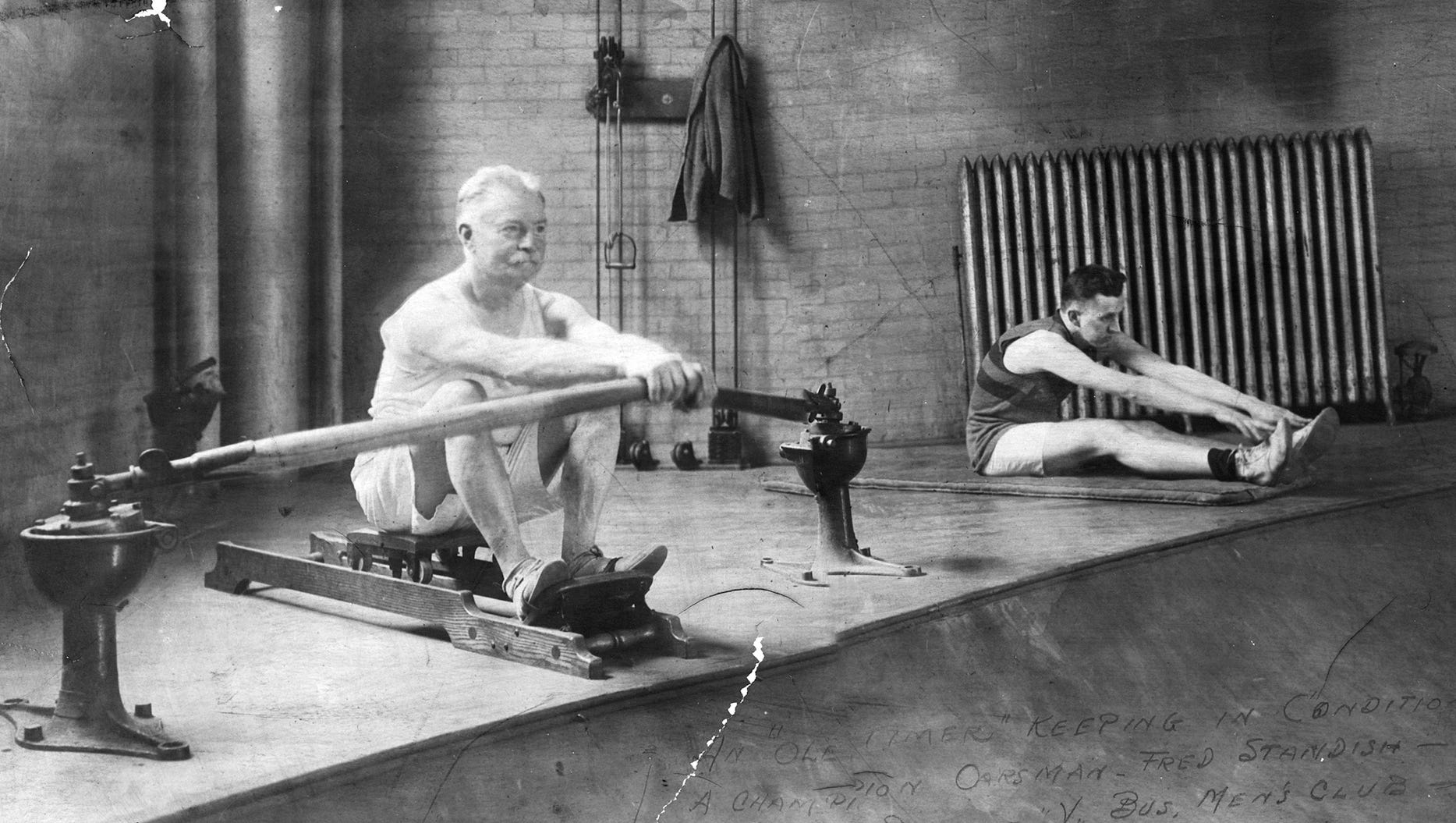
An older man uses a rowing machine at Detroit's YMCA, while a younger man stretches. Handwritten on the photograph: "An 'ole timer' keeping in condition. A champion oarsman, Fred Standish, member Detroit Y. Both men were members of the Business Men's Club at the YMCA started by A.G. Studer."
Courtesy Of The Burton Historical Collection, Detroit Public Library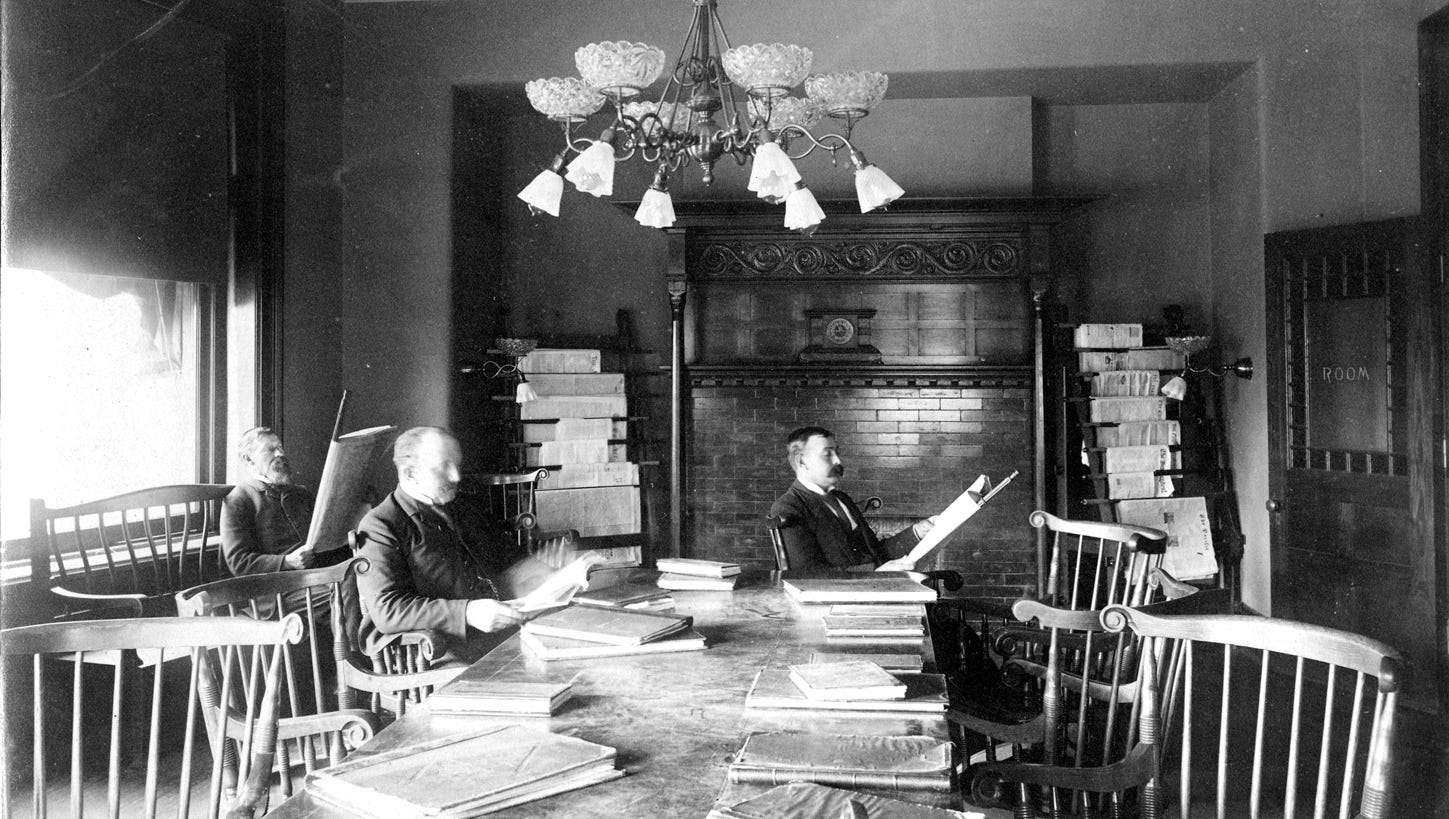
The YMCA's mission included improving "the spiritual and mental condition of young men." The reading room at Detroit's YMCA furthered that pursuit.
Courtesy Of The Burton Historical Collection, Detroit Public Library
The shooting gallery at the YMCA.
Courtesy Of The Burton Historical Collection, Detroit Public Library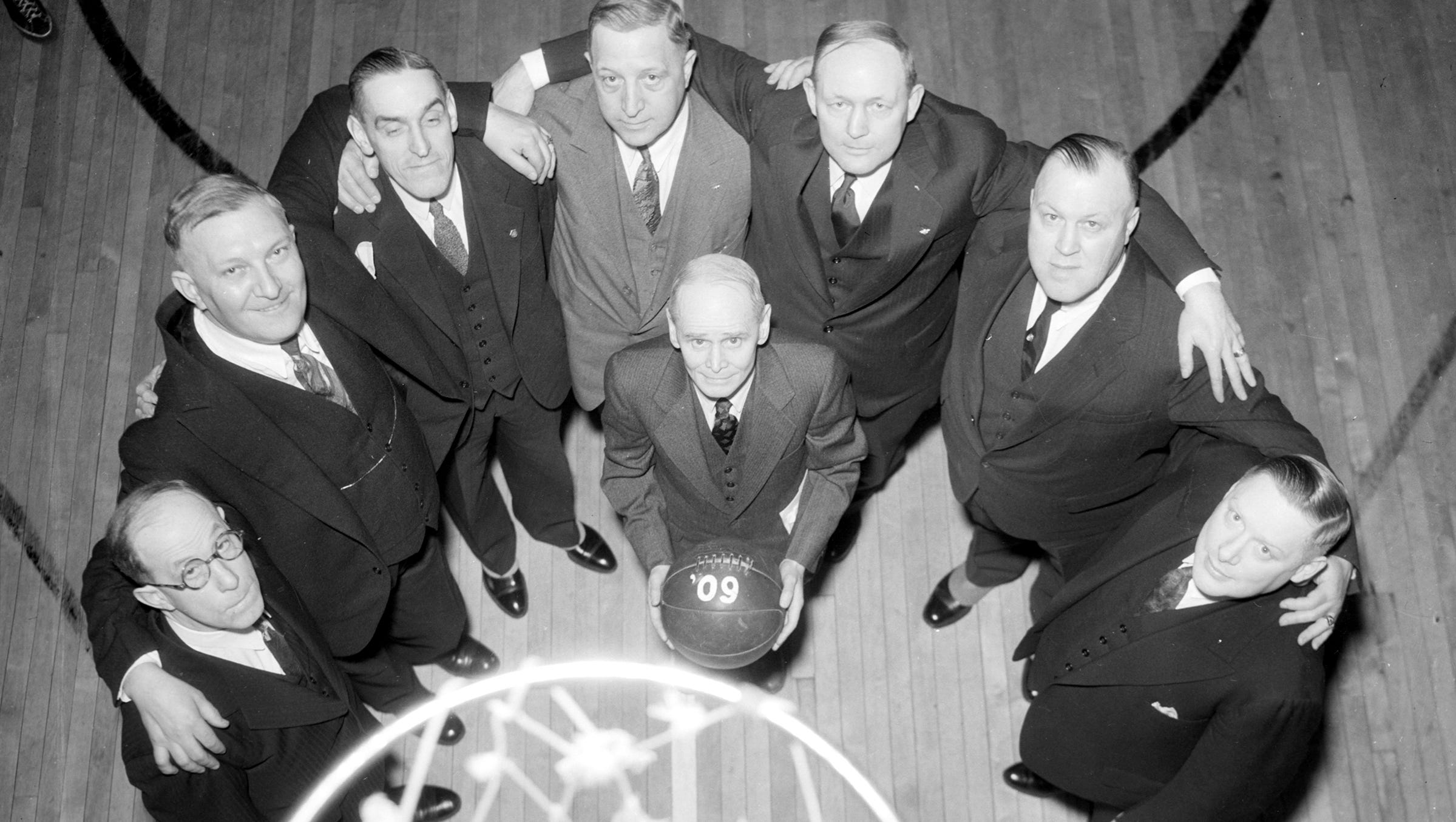
The most popular classes at the YMCA were targeted at businessmen. William N. Gray holds the ball for a Detroit YMCA basketball team in 1909. From left: Dr. George Hanna, Bernard Johnson, Roy Boosey, Chan Johnson, Gailey Stockham, Al G. Huebner and Ernie Wilson.
The Detroit News Archives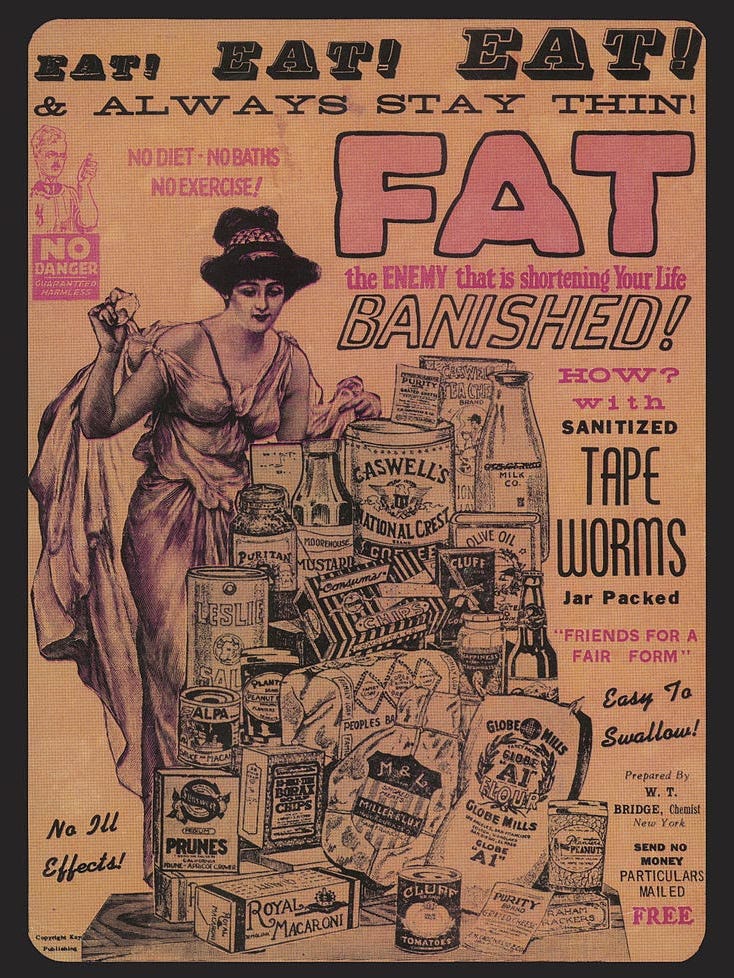
In the perennial battle of will over weight, consumers were offered a new weight reduction method around the turn of the 20th century: "sanitized" tapeworms that were easily swallowed and jar packed. They did not prove effective at weight loss.
Public Domain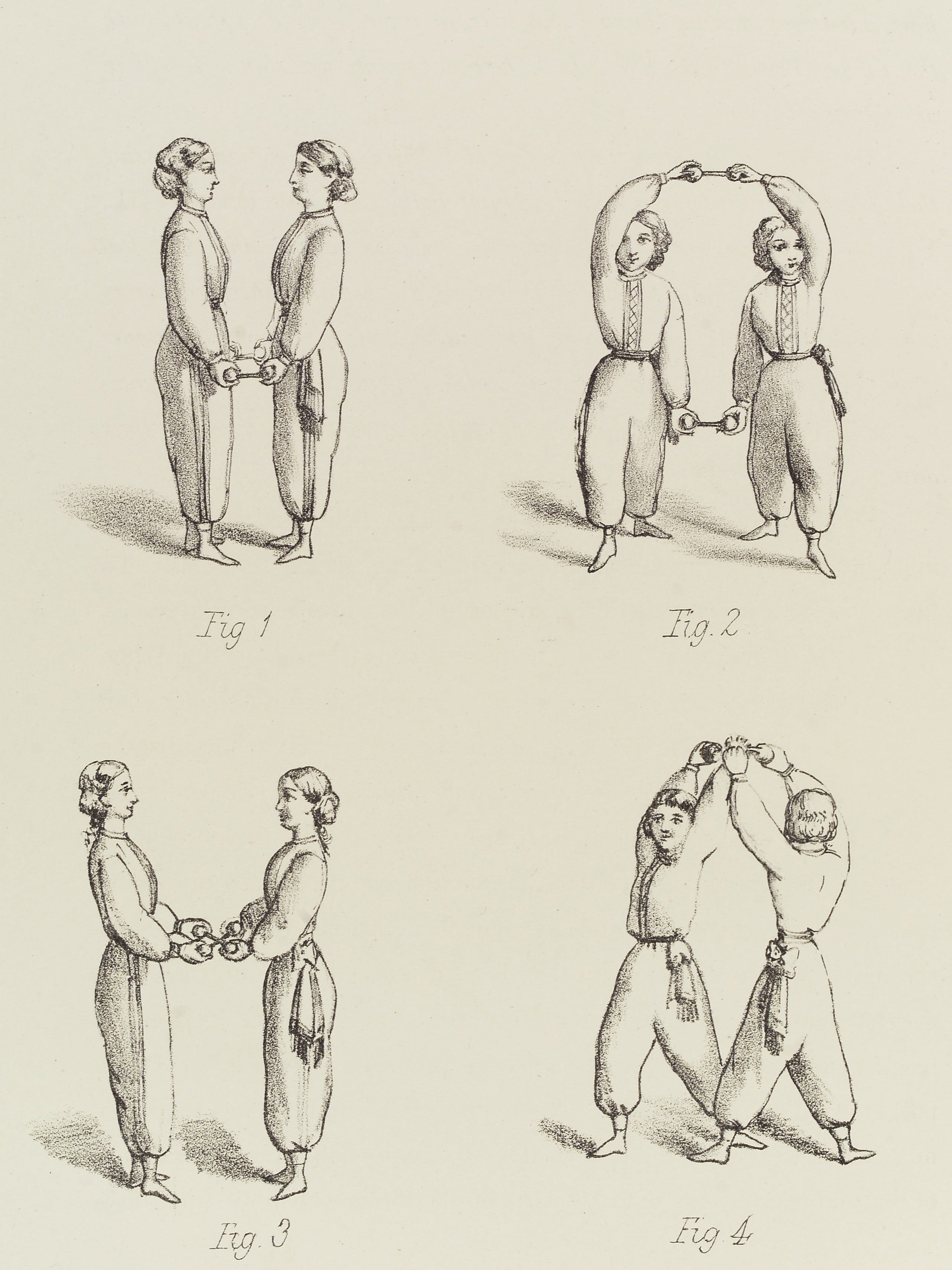
A page from the 1870 book "Gymnastics for Ladies: a treatise on the science and art of calisthenic and gymnastic exercises," by Madame Brenner of London, shows women exercising with a piece of equipment called the "Stirrup."
Wellcome Library, London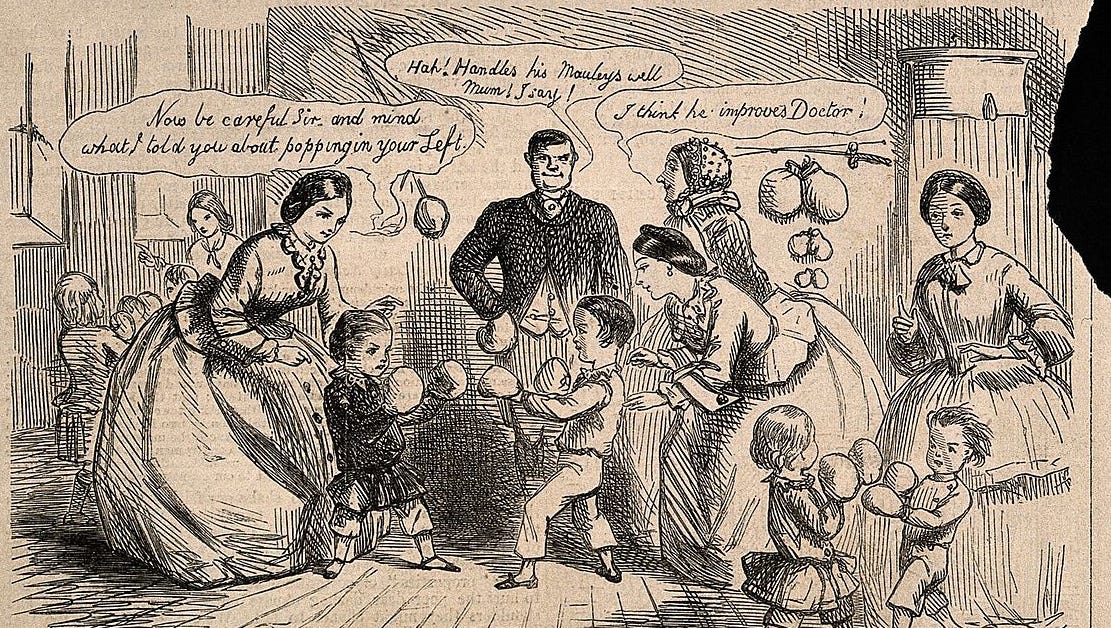
Children are encouraged by their teachers to box as a positive and healthy recreation in this 1858 illustration in Punch magazine.
Wood Engraving By J. Leech, Iconographic Collections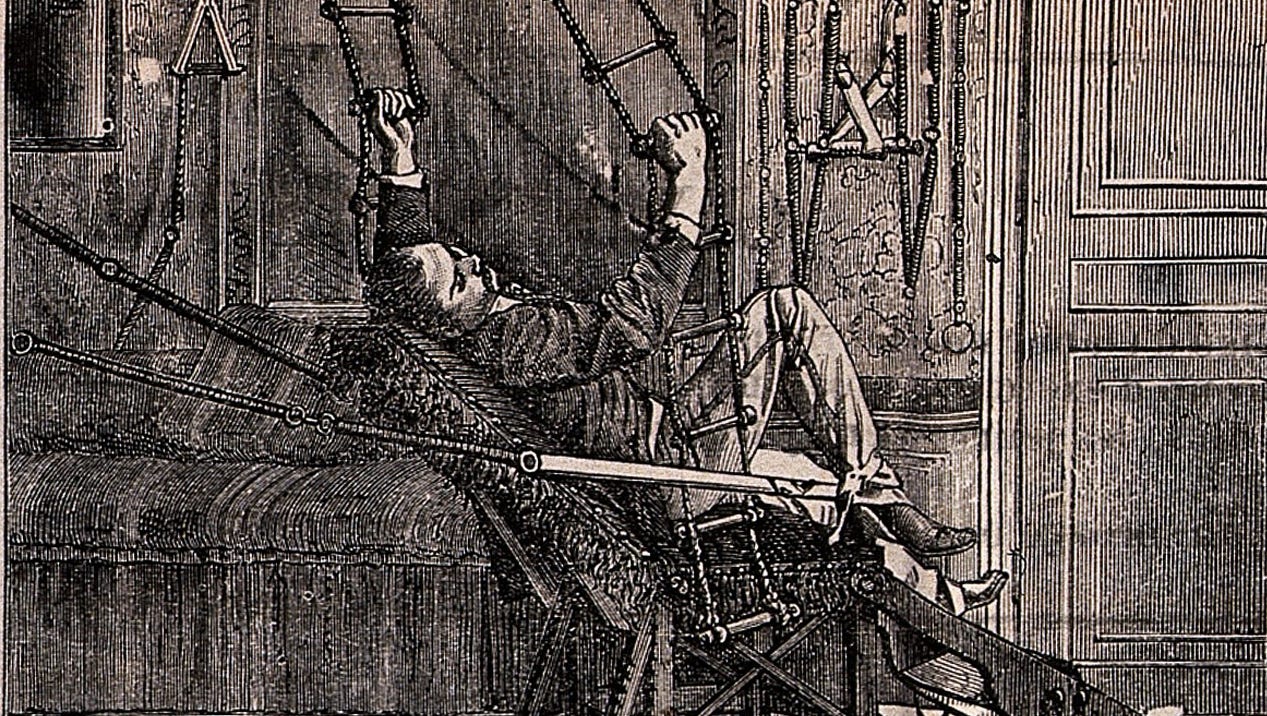
A man lies on a reclining couch holding onto rope ladders in this 19th century French woodcut engraving.
Wellcome Library, London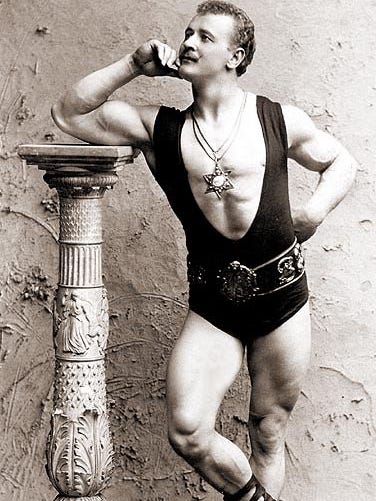
Eugen Sandow of Prussia (1867-1925) is considered the founder of modern bodybuilding. He performed feats of strength on tours, opened various Institutes of Physical Culture and organized the first bodybuilding contest in 1901.
Public Domain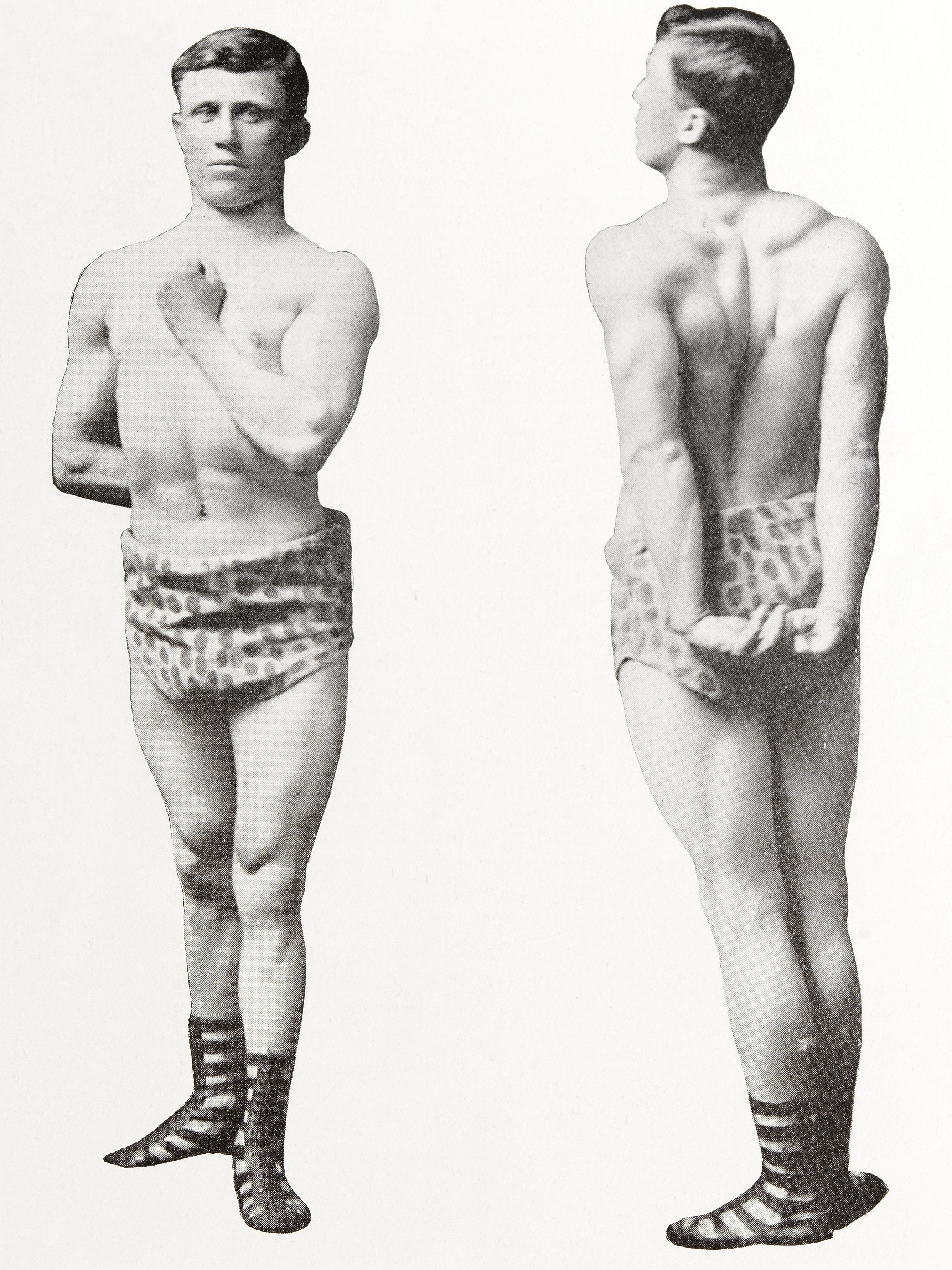
An example of "splendid physical types" from a book by Eugen Sandow.
Wellcome Library, London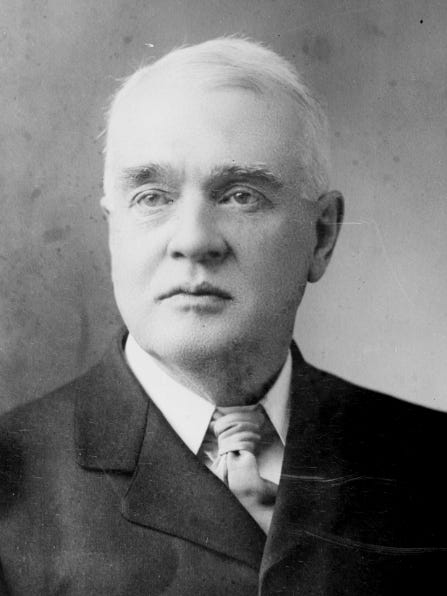
Horace Fletcher, seen in 1909, was internationally famous for his diet that prescribed chewing food - and chewing, and chewing some more - without swallowing it.
Library Of Congress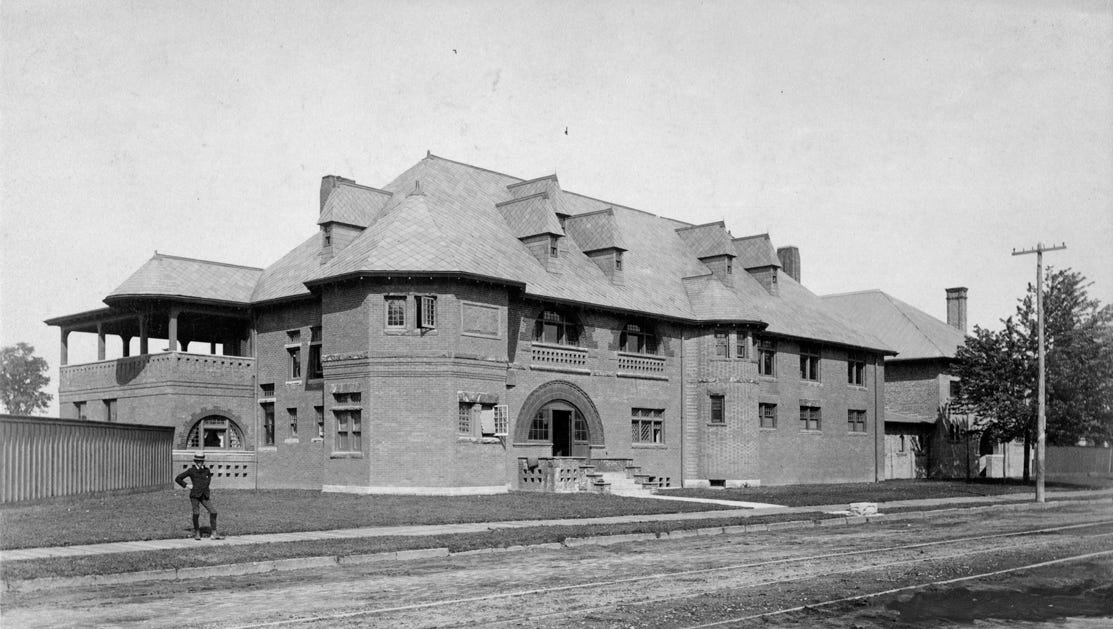
The Detroit Athletic Club's original clubhouse and track-and-field grounds were on Woodward Avenue. It's seen here shortly after its founding in 1887. It was immediately popular and by 1889 it was filling its gymnasium with exhibitions that included musical performances along with boxing matches and Greco-Roman wrestling displays.
Courtesy Of The Burton Historical Collection, Detroit Public Library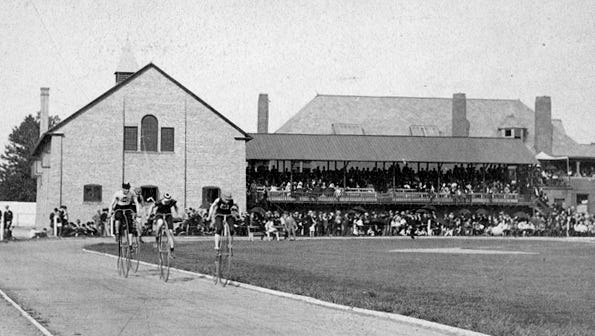
The DAC held bicycle races at its track-and-field grounds off Woodward Avenue.
Courtesy Of The Burton Historical Collection, Detroit Public Library
In 1915, the DAC moved to its new, Albert Kahn-designed clubhouse at 241 Madison that still stands today. It was an exclusive club, featuring French linens and china and exercise equipment from Europe.
Library Of Congress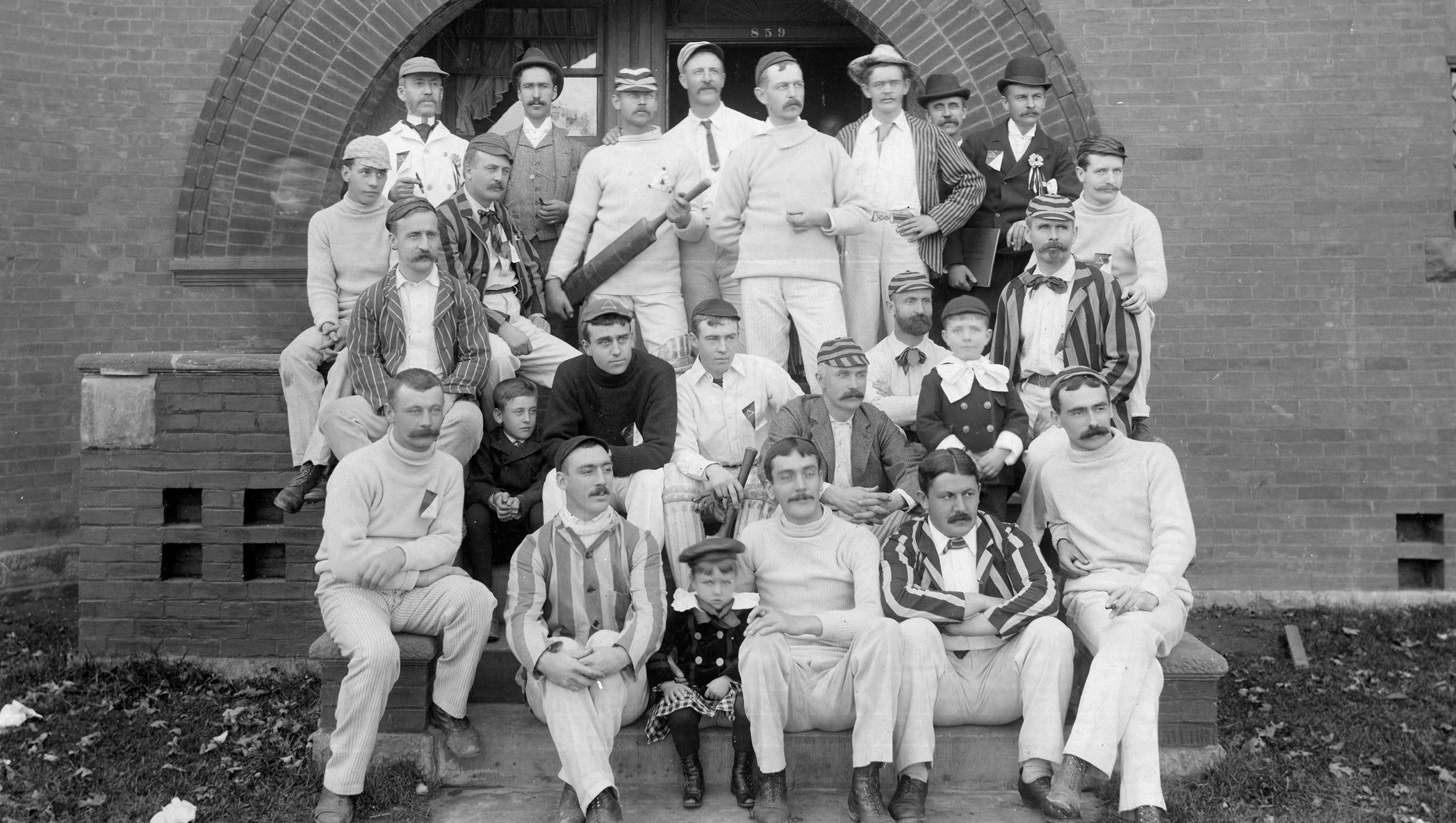
Some members of the Detroit Athletic Club pose for a photo in the 1880s.
Courtesy Of The Burton Historical Collection, Detroit Public Library
Two bartenders work behind the bar and grill at the Detroit Athletic Club.
Courtesy Of The Burton Historical Collection, Detroit Public Library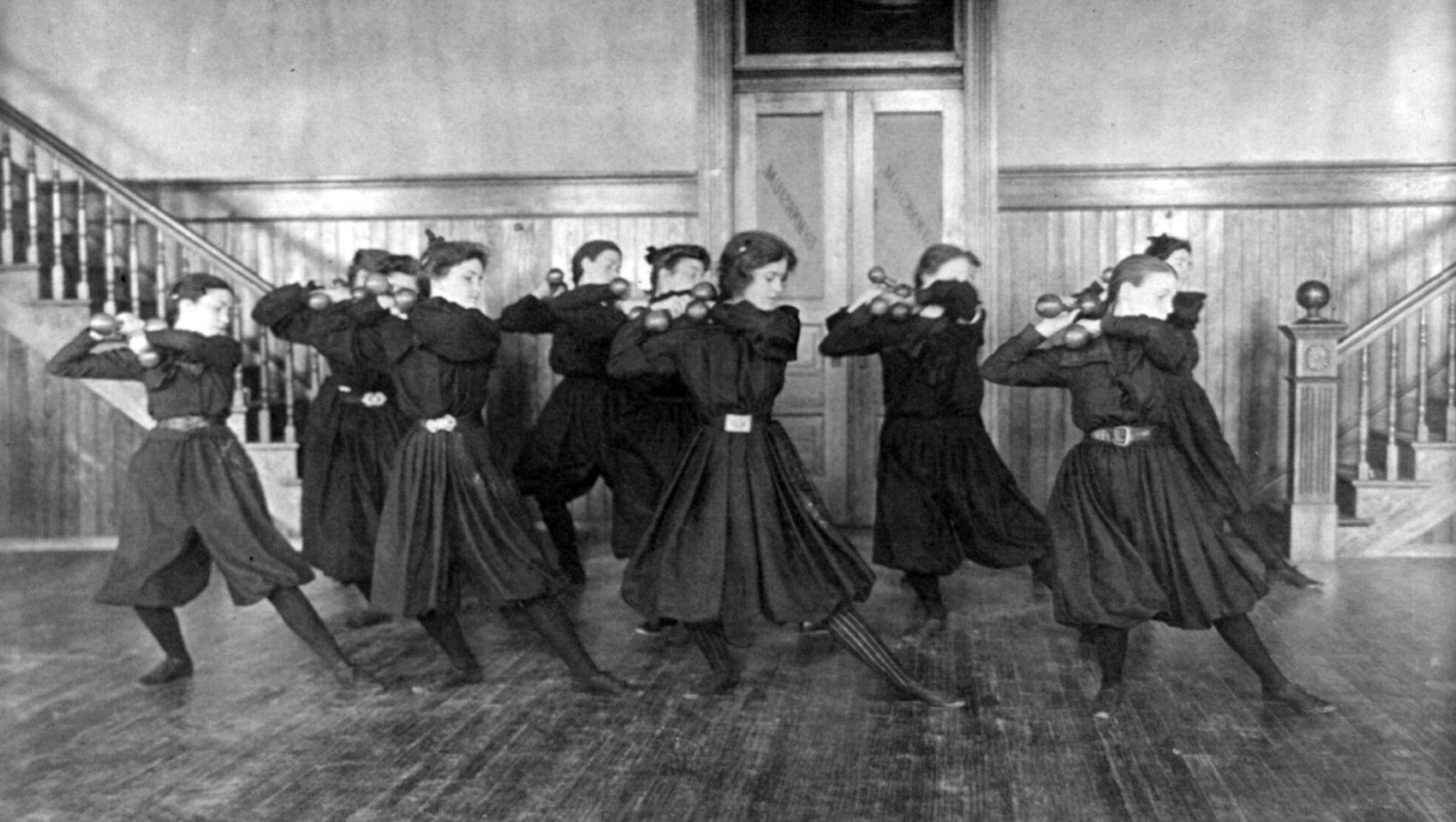
Girls work out with dumbells in a high school gym class in 1899.
Library Of Congress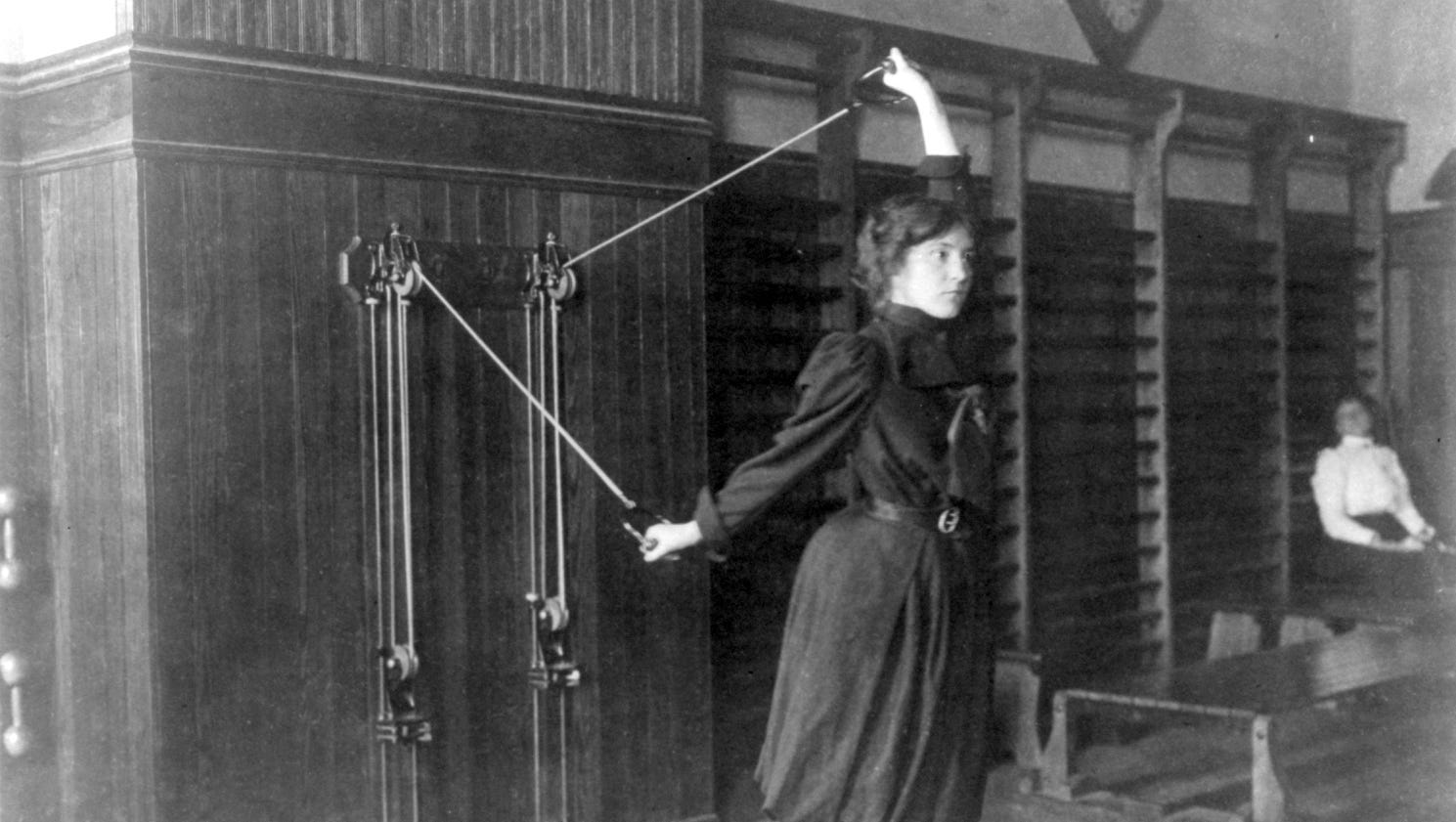
A high school girl exercises with pulleys in Washington D.C. in 1899.
Library Of Congress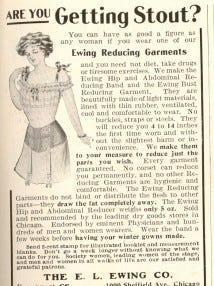
Not into dieting or exercise? This 1910 advertisement touts the advantages of a rubberized corset. The Ewing Hip and Abdominal Reducing Band and the Ewing Bust Reducing Garment will reduce you 4 to 14 inches the first time worn, the ad promises.
Public Domain
The YWCA opened a chapter in Detroit in 1892. At its founding the women who led the YWCA estimated there were 10,000 single young women working as housekeepers, store clerks and in factories in Detroit. In 1902 the YWCA moved to this building at Griswold and Fort and by 1908 would boast 3,000 members.
Courtesy Of The Burton Historical Collection, Detroit Public Library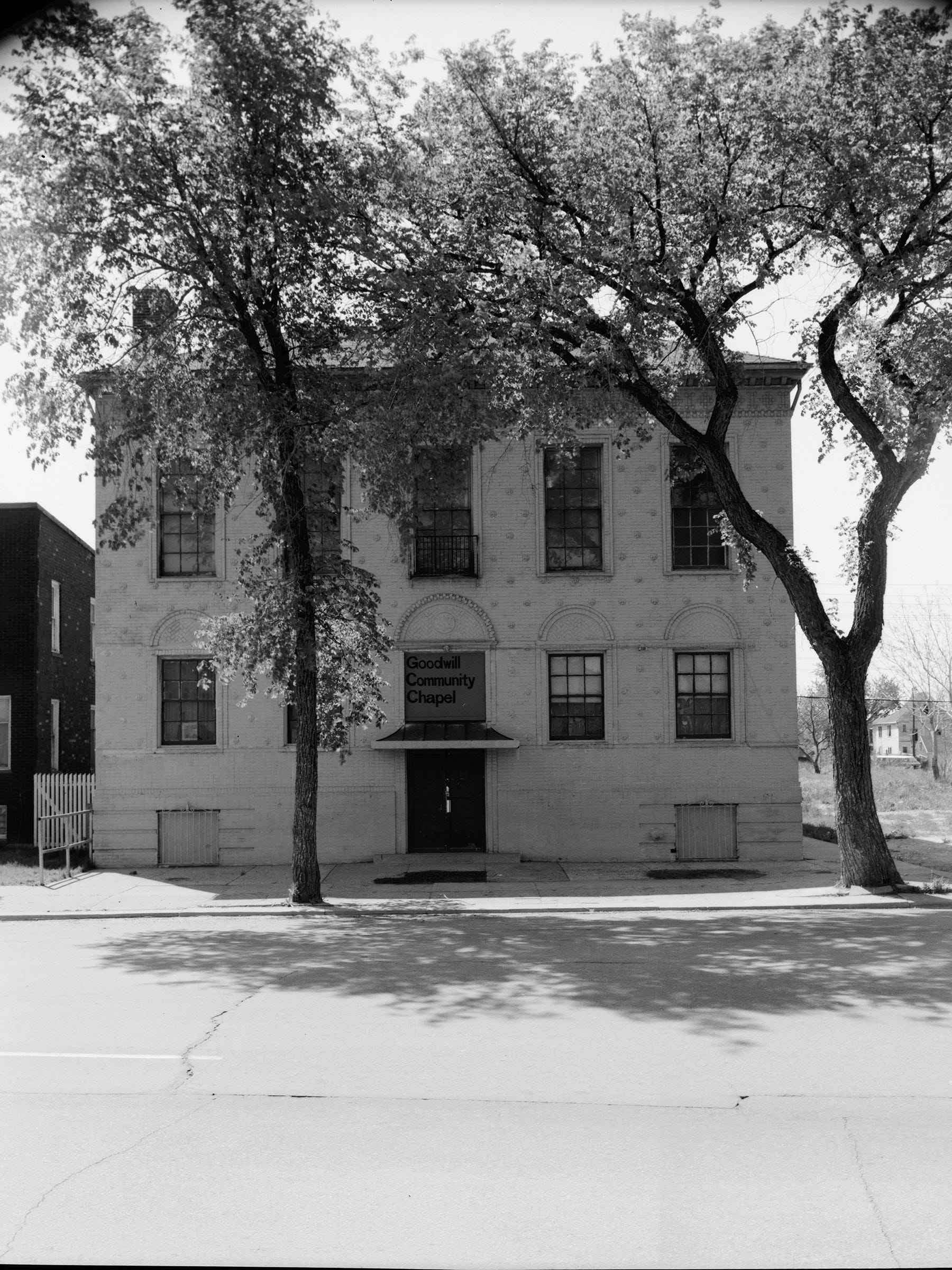
The Poletown Recreation Center at 2431 E. Grand Boulevard was a hostel and recreation center for the large female labor force, particularly those working in the cigar industry. The brick walls of the building are decorated with fleur-de-lis tiles. The building contained a gymnasium, locker rooms, stage and activities room.
Library Of Congress
The University of Michigan Waterman gymnasium was built in the 1880s.
Courtesy Of The Burton Historical Collection, Detroit Public Library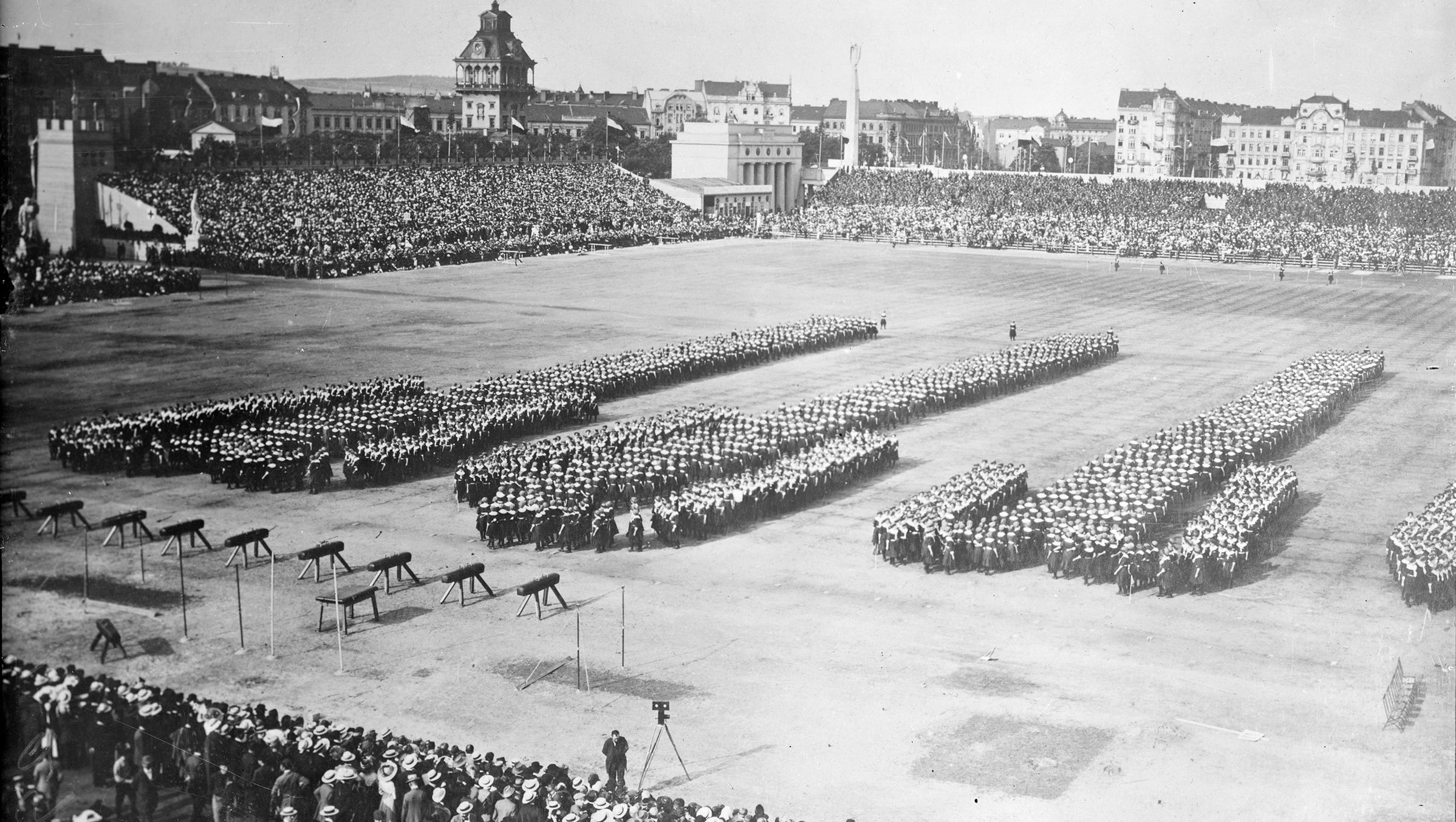
Ideas about exercise were imported from Europe.This 1912 exhibition by a European exercise and health organization called the Sokols shows young women standing in formation, probably during the Sokol Slet (gymnastic festival) held in Prague. The Sokols Detroit exercise club was formed by immigrants from a variety of Central European countries.
Library Of Congress